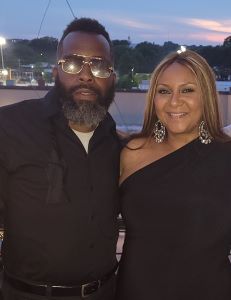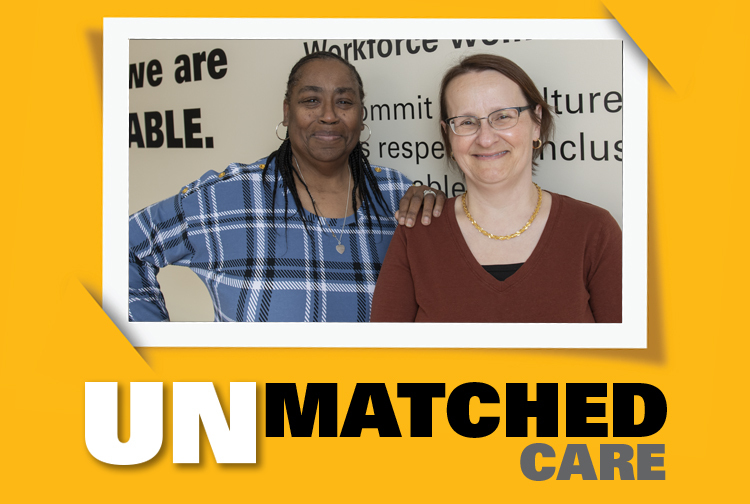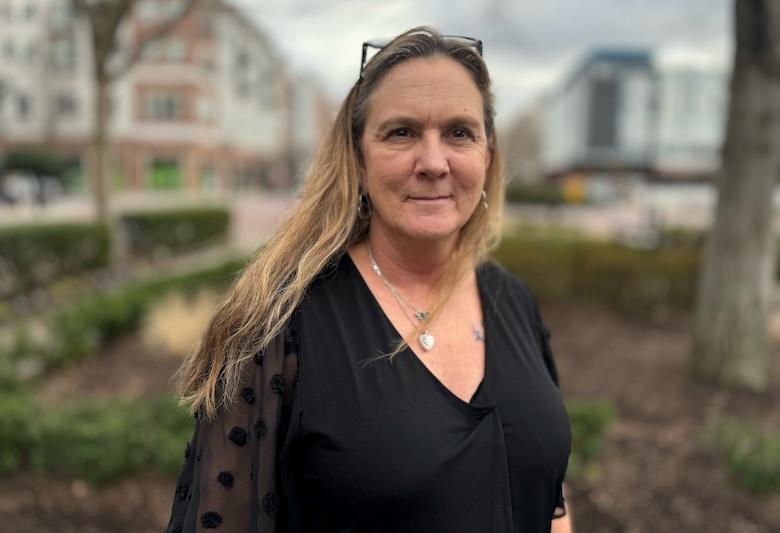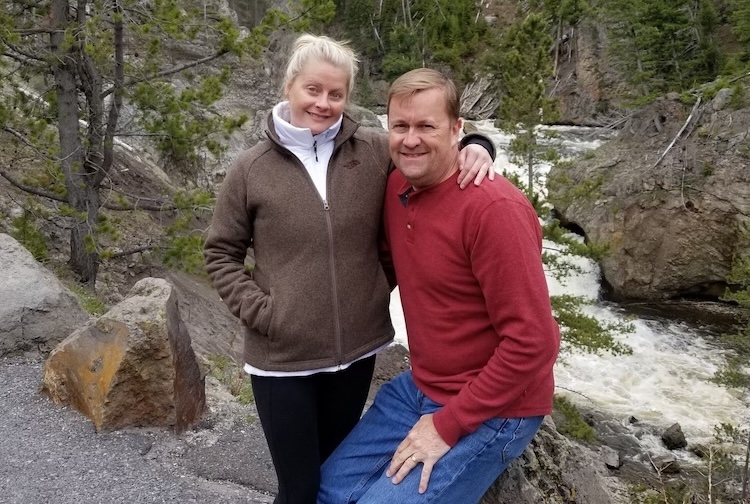
Race, ethnicity and living donor organ transplantation
A discussion that could save lives
August 25, 2021 Photo: Getty Images
Photo: Getty Images
Updated August 25, 2021, to include podcast featuring living donor Dionne Wynn-Criss and Dr. Marcelle Davis, VCU Health director of diversity, equity and inclusion.
Last August, Dionne Wynn-Criss donated a kidney to her husband, Al, and saved his life. But she still won’t check the organ donor box on her driver’s license or get an organ donor card.

Wynn-Criss’ concern is common among African Americans and is based on generations of mistreatment by the medical community. The concern shows up often in the world of organ transplantation, where fear and mistrust by communities of color intersect with the massive need by these groups for the limited supply of available organs.
Living donation is one way around the organ shortage. But expecting minorities to trust hospitals and undergo an operation they don’t actually need is understandably difficult.
It’s an issue VCU Health is discussing as part of National Minority Donor Awareness Month in August.
The dire need for transplants in minority communities
There are more than 106,000 people on the transplant waiting list. Paradoxically, ethnic minorities form the majority (60%) of patients on the list. Of those, approximately 30,400 are African American, 22,000 are Latino and 9,600 are Asian-American and Pacific Islanders.
The greatest need is for kidneys. African-Americans are three to four times more likely to experience kidney failure than whites. And Latinos are 1.3 times more likely.
Among the reasons for a higher rate of kidney disease among African-Americans is genetic predisposition and reduced access to health care. When time is of the essence, this combination leads to delayed diagnosis and treatment, says Dr. Dhiren Kumar, transplant nephrologist and living donor kidney transplant medical director at VCU Health Hume-Lee Transplant Center.
In the Latino population, the prevalence of diabetes is much higher than that of the white population, which may account for the higher rate of kidney disease in this particular community.
Living donation can save lives
Living kidney and liver donation has a number of advantages over organs procured from a deceased donor:
- It adds organs to the overall donor pool.
- It allows transplant patients to receive an organ faster.
- Patients don’t languish on the lengthy transplant waiting list, getting sicker as time passes.
- Recipients of living donor organs have far superior transplant outcomes compared to those receiving deceased donor organs.
Neither race nor ethnicity plays a role in organ allocation. Instead, organs are matched to transplant candidates according to blood type, body size, time on the waiting list and other factors. A more diverse pool of donors makes it easier to find a match for all patients awaiting a transplant.
The facts about becoming a living donor
“People say, ‘What's going to happen to me, as far as time off from work? Am I going to be able to handle taking time off work and not getting a paycheck while recovering from donation?” Kumar notes. “Those are some of the fears that prevent people from donating.”
From a financial perspective, many people think that if they donate an organ, they’ll be left with a lot of hospital bills. But all medical costs are handled by the organ recipient’s insurance. This includes the CT scans, blood work and EKGs needed to determine whether someone is healthy enough to donate an organ. Furthermore, living donors can qualify to receive travel assistance and wage re-imbursements through non-profit programs whose goal is to help promote living donation.
As for recovery times, Hume-Lee commonly uses robotic technology, which results in small incisions and faster recovery. Donors are safely discharged from the hospital at an average of two to three days after surgery and can return to normal activities two to four weeks after surgery.
Given the higher risk of kidney disease among minority populations, donors go through rigorous testing to ensure it is safe for them to donate. Donor safety always remains the team’s No. 1 priority. In fact, testing is so thorough that donors who make it through have less than a 1 percent chance of ever needing dialysis in their lifetime, Kumar said.
In addition, anyone wishing to donate must meet with a living donor advocate — a team member not immediately associated with the transplant team — to ensure he or she understands what’s involved.
A lack of awareness in minority populations about the critical need for organ donors and the safety of living donation contributes to the lower level of organ donations in those communities, Kumar says.
Unlike many transplant centers, Hume-Lee has a kidney transplant outreach coordinator tasked with engaging minority communities. Last year the center exceeded the national average of minority transplant recipients.
Another means around the organ shortage — prevention
Another way to close the gap between the need for organs and supply is to cut back on the need. Eating healthier and staying physically active are two ways to help ward off diabetes or high blood pressure — conditions that can lead to kidney failure.
“I’m big on talking to people now, especially people in the Black community, about being healthy,” Wynn-Criss said.
Having trusted advocates within communities of color who can highlight the value of donating an organ and its safety can also help alleviate the organ shortage, Kumar said. “Even if you can’t be a donor, you can help educate many others in your community who could possibly be a donor.”
Wynn-Criss encourages health professionals to go into minority communities and educate people about living donation. At her Durham, N.C., church, a local doctor regularly visits and provides information on a range of health topics. “I think education would boost the number of living donors,” she said.
Education is key
Myths about the health outcome of the donor and the financial impact of the donation persist in communities of color. Such myths are based on incomplete or inaccurate information. Wynn-Criss encourages members of her community to read studies and to choose facts over rumors.
“Read up. Read real statistics. Don't look at Facebook for your information,” she said. “Look at how many people being a donor has helped.”
“My biggest message,” Kumar said, “is don't be afraid to ask questions. Advocate for yourself and for your family members. Don't shy away from the medical community.”
Listen to this podcast featuring living donor Dionne Wynn-Criss on being a living donor. Also featured is Dr. Marcelle Davis, VCU Health director of diversity, equity and inclusion.



